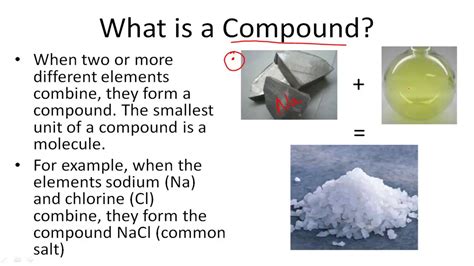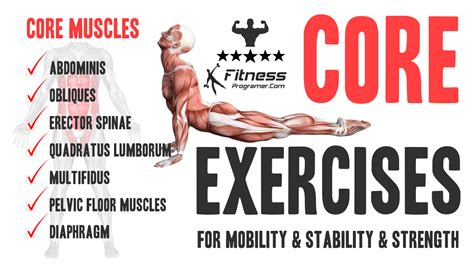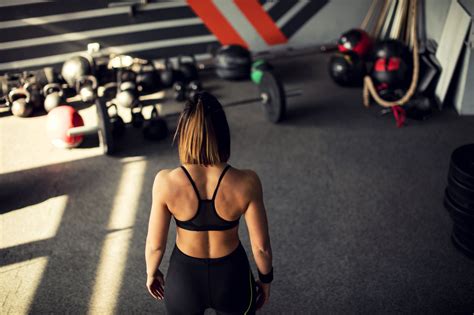How to maximize functional strength for real-world peak performance?

What is Functional Strength?
In the vast landscape of fitness, ‘functional strength’ often gets discussed, but its true meaning can be elusive. Simply put, functional strength is the ability to perform real-world movements and tasks efficiently and effectively. It’s not about isolating a single muscle in the gym; it’s about training your body as an integrated unit to push, pull, squat, hinge, carry, twist, and walk with power, stability, and control. This type of strength prepares you for the unpredictable demands of life, whether that’s lifting groceries, playing with children, dominating a sport, or simply navigating uneven terrain without fear.

Why Functional Strength Matters for Real-World Performance
While traditional bodybuilding focuses on aesthetics and isolated muscle growth, functional strength training aims to improve overall movement quality and capacity. This difference is crucial for anyone seeking true peak performance, whether in an athletic context or just in navigating the demands of daily life. Improved functional strength leads to:
- Enhanced Athleticism: Faster sprints, higher jumps, more powerful throws, and better agility.
- Reduced Injury Risk: By strengthening stabilizing muscles and improving movement patterns, you become more resilient to sprains, strains, and other common injuries.
- Greater Daily Independence: Tasks like carrying heavy items, climbing stairs, or reaching overhead become easier and safer.
- Better Body Awareness and Control: A deeper understanding of how your body moves and how to optimize that movement.
Moving beyond just looking strong, functional training helps you be strong in every sense of the word, equipping you with a body that performs as well as it looks.
Key Principles for Maximizing Functional Strength
To truly build strength that serves your real-world needs, your training approach needs to shift. Here are fundamental principles to incorporate:
1. Embrace Compound, Multi-Joint Movements
Forget the machines that isolate individual muscles. Functional training thrives on exercises that involve multiple joints and muscle groups working together, mimicking natural movement patterns. Think squats, deadlifts, presses, rows, and lunges. These movements teach your body to operate as a coordinated system, just as it does outside the gym.

2. Train in Multiple Planes of Motion
Life doesn’t just happen forward and backward. We move sideways (frontal plane) and rotate (transverse plane) constantly. Incorporate exercises that challenge your body in all three planes of motion. Examples include lateral lunges, rotational throws, wood chops, and dynamic warm-ups that involve twisting and reaching.
3. Prioritize Core Stability and Integration
Your core is the bridge between your upper and lower body. A strong, stable core is paramount for transferring force, maintaining balance, and protecting your spine. However, functional core training goes beyond crunches; it involves exercises that challenge your core to resist rotation, flexion, extension, and lateral flexion. Think planks, farmer’s carries, anti-rotation presses, and bird-dog variations.

4. Focus on Movement Quality and Patterning
How you move is often more important than how much you lift. Prioritize perfect form over heavy weights. Learning and engraining efficient movement patterns (like a proper squat or hinge) under lighter loads first will protect you from injury and allow for greater strength gains in the long run. Seek professional guidance to ensure your technique is sound.
5. Incorporate Unilateral and Asymmetrical Loading
Rarely do we use both sides of our body equally or symmetrically in daily life. Unilateral exercises (like single-leg squats, lunges, and single-arm presses/rows) build strength evenly, improve balance, and highlight muscular imbalances. Asymmetrical loading, such as carrying a heavy object on one side (e.g., suitcase carry), further challenges your core stability and anti-rotational strength.
Practical Exercises and Training Modalities
To put these principles into action, consider incorporating the following into your routine:
- Bodyweight Training: Master fundamental movements like push-ups, squats, lunges, and planks.
- Free Weights (Dumbbells, Barbells, Kettlebells): Ideal for compound, multi-joint movements and unilateral work. Kettlebells are particularly versatile for ballistic movements and carries.
- Medicine Balls: Excellent for rotational power, throwing, and catching, simulating dynamic real-world actions.
- Suspension Trainers (e.g., TRX): Provide instability that enhances core engagement and challenges bodyweight exercises in new ways.
- Plyometrics and Agility Drills: Develop explosive power and quick directional changes vital for sports and reactive situations.

Programming for Peak Performance
A well-rounded functional strength program should include a variety of these elements. Start with proper warm-ups that activate your core and improve mobility. Structure your workouts around compound movements, gradually increasing intensity (weight, reps, sets, or complexity) over time. Don’t forget the importance of recovery, nutrition, and adequate sleep, as these are critical components of any successful strength-building regimen.
Conclusion
Maximizing functional strength is about more than just looking strong; it’s about building a capable, resilient, and high-performing body ready for whatever life throws your way. By focusing on integrated movements, multi-planar training, core stability, and quality over quantity, you can unlock your true physical potential and achieve real-world peak performance, making every movement a testament to your strength and preparedness.









